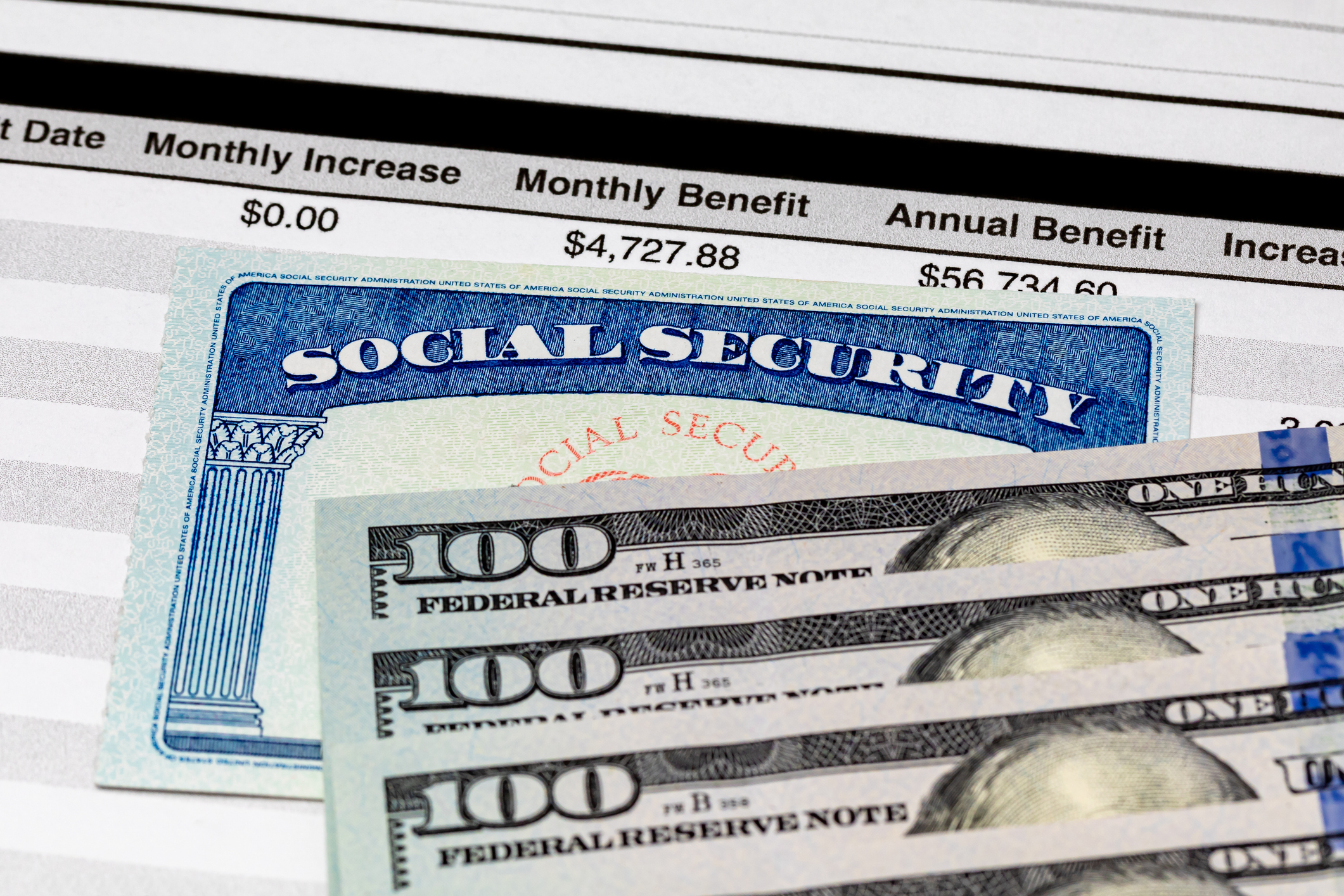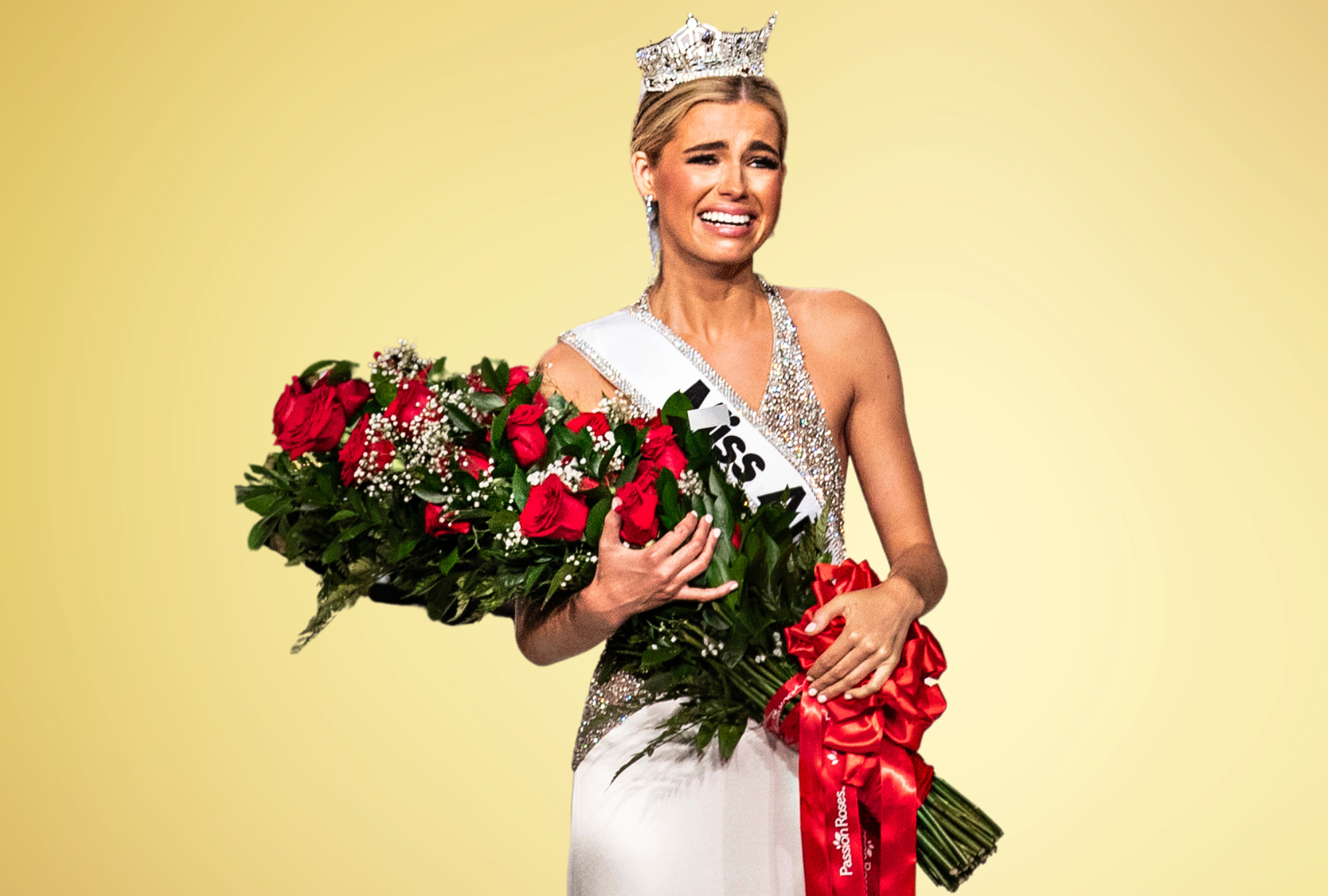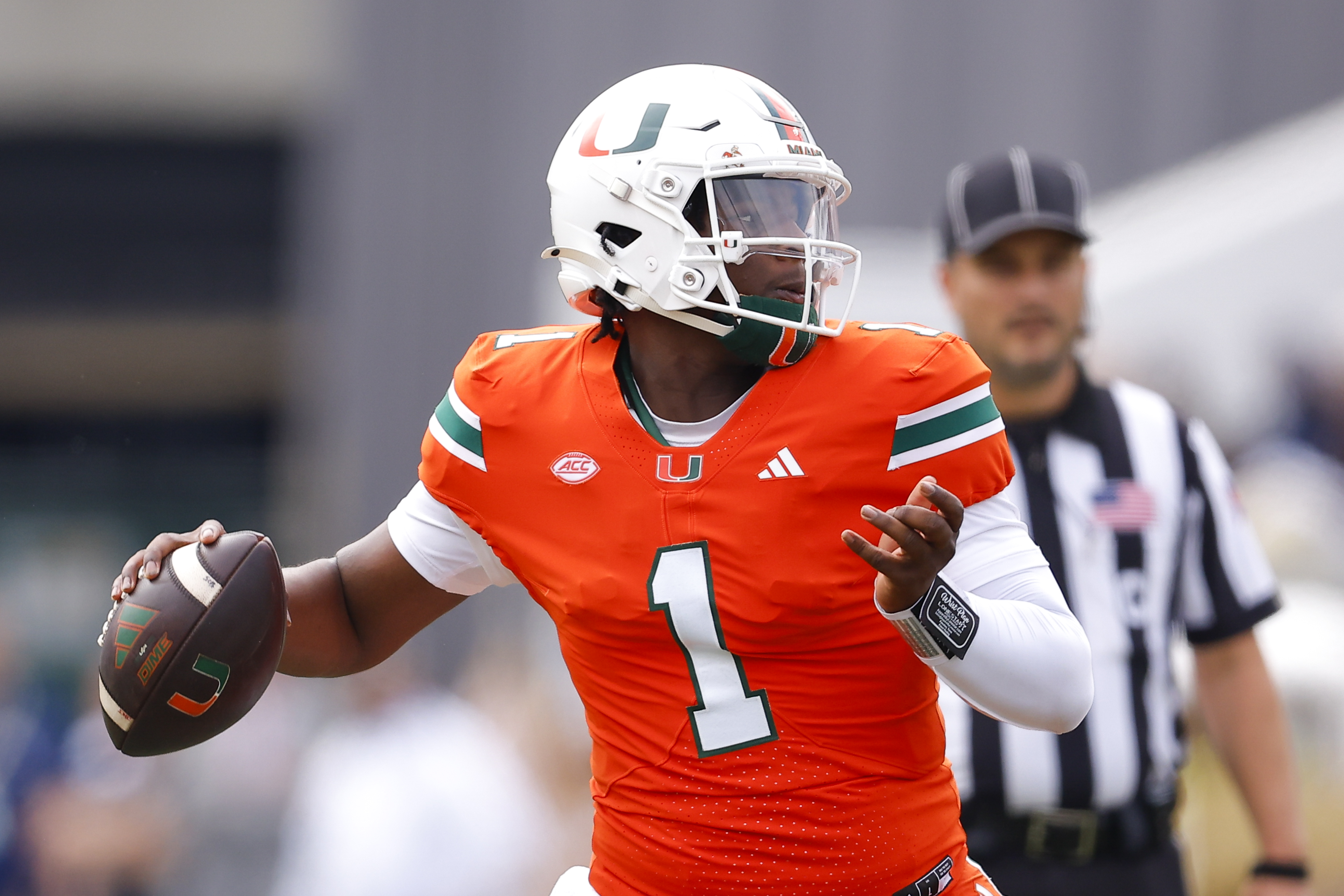A poll has found that Kamala Harris is as popular today as Barack Obama was in 2008 among Democrat voters.
Harris received a 72 percent favorability rating among the party's supporters in a recently released Gallup poll. This figure is likely the highest for a Democratic candidate going back almost 70 years, and ties Harris with Obama just before he was elected president for the first time.
The survey compared own-party favorability for both presidential candidates in 2024 to candidates in almost every election from 1956 onwards, with the exception of three election years when the question was not asked. Missing from the data are responses from 1988 (Republican candidate and winner George H. W. Bush vs. Democrat Michael Dukakis), 1996 (Democratic candidate and winner Bill Clinton vs. Republican Bob Dole), and 2000 (Republican candidate and winner George W. Bush vs. Democrat Al Gore).
The results found that the highest party favorability rating was registered in 1984, when 76 percent of Republicans backed Ronald Reagan. This was followed by Donald Trump's favorability rating of 73 percent among Republicans in 2020. Harris and Obama were tied for third place overall, and first place among Democratic nominees.

In 2024, Trump's favorability has dropped by five points to 68 percent, according to the poll. This puts him in 10th position among Republican nominees, and 15th overall. It also puts him 4 points below Harris when it comes to own-party support.
Excluding results from 2024, of the 14 most favorably viewed presidential nominees among their party's supporters in history, 10 were elected president the year results were measured.
The exceptions were Trump, who despite a 73 percent favorability rating in 2020 lost the election to Joe Biden; Richard Nixon, who received a 71 percent rating in 1960 but was narrowly defeated by John F. Kennedy; Mitt Romney, who received a 70 percent favorability rating in 2012 but lost to Obama; and Adlai Stevenson, who had 69 percent of Republican support in 1956 but went on to lose to Dwight Eisenhower.
The 2024 questions were asked between October 1 and October 12. A random sample of 1,023 U.S. adults were surveyed, and results have a margin of error of 4 points.
This is not the first time Harris' run for president has seen a parallel with Obama's. In late July, the momentum and enthusiasm behind Harris' campaign was compared to Obama-era energy by many people who remembered the buzz around his nomination in 2008, when he would go on to win the election with 50 percent popular vote and 286 electoral votes.
However, despite support from Democrats, Harris has serious obstacles to overcome if she's to beat Trump this election.
Overall, FiveThirtyEight's poll tracker shows that Harris is ahead nationally by 1.7 points as of Wednesday. But that's a notable drop from her 2.8 percent lead at the end of September, and a far cry from the lead of around 7 points that Obama held over John McCain in the weeks preceding the 2008 election, according to RealClearPolitics' polling average. The same average puts Harris' lead at a razor-thin 0.2 percent as of Thursday.
Four major national polls this week placed Trump ahead of Harris after he had previously been trailing behind.
It's the first time he's been ahead since early August, although his lead in each of the polls is still small, and within the margin of error, suggesting it will be an extremely close race to the White House.
Do you have a story we should be covering? Do you have any questions about the 2024 election? Contact LiveNews@newsweek.com

















:quality(85):upscale()/2024/04/24/878/n/3019466/36c5693c662965c5d1ce91.72473705_.jpg)


 English (US) ·
English (US) ·